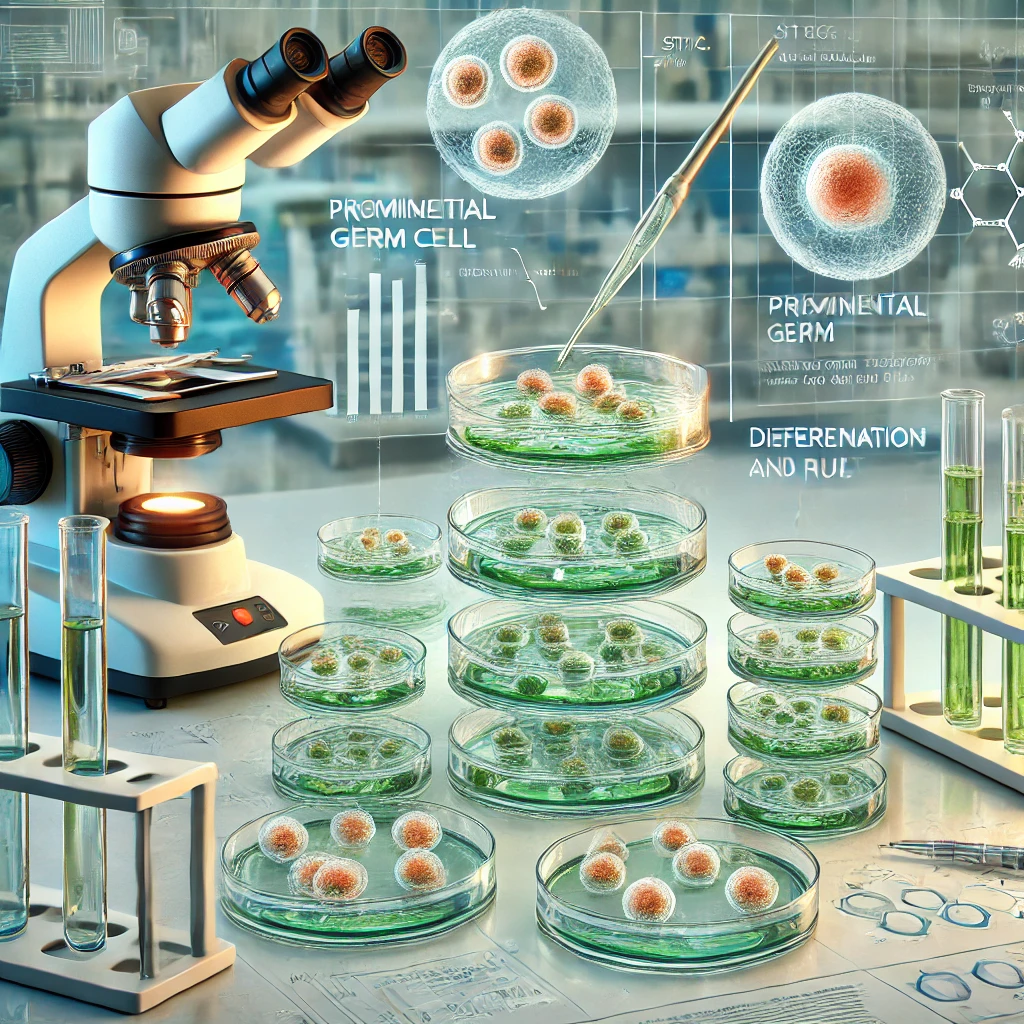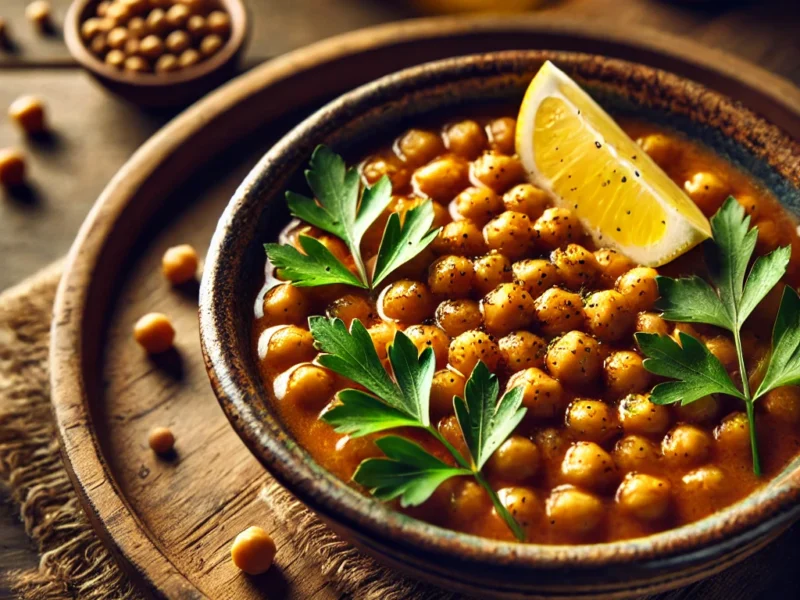In the world of biotechnology, a quiet revolution is underway with Primordial Germ Cell PGC In Vitro Culture. This pioneering approach is reshaping reproductive science, offering groundbreaking solutions in fertility treatments, animal conservation, and genetic research. Just as the Palace of Culture and Science in Warsaw symbolizes a fusion of intellectual progress and cultural significance, PGC In Vitro Culture embodies a bridge between biology and innovation, unlocking new horizons and possibilities for the future.
What is PGC In Vitro Culture?
PGC In Vitro Culture is an advanced technique that allows scientists to cultivate primordial germ cells—the precursors to eggs and sperm—outside of the body in a laboratory setting. These cells hold immense potential, as they can be studied and manipulated in ways that were previously impossible.
Key Advantages of PGC In Vitro Culture
- Enhanced Control: Researchers can monitor and guide the differentiation of germ cells, providing insights into developmental biology.
- Genetic and Epigenetic Research: This technique offers a unique view of the genetic and epigenetic factors influencing germ cell development.
- Biotechnological Innovations: PGC In Vitro Culture supports the development of novel reproductive technologies, holding promise for medical and scientific breakthroughs.
Why is PGC In Vitro Culture Important?
The potential applications of PGC In Vitro Culture extend across multiple fields, from fertility treatments to animal conservation and beyond.
1. Breakthroughs in Fertility Treatments
PGC In Vitro Culture could transform fertility treatments, providing new options for individuals who face reproductive challenges. For example:
- Individuals with genetic infertility could benefit from the technology by developing healthy germ cells outside the body.
- Cancer patients may have their germ cells preserved and cultivated, preserving their ability to have biological children.
These developments align with the empowering and innovative approach of organizations like GlossGenius, which embrace technology to create new possibilities for professionals and individuals alike.
2. Animal Conservation and Biodiversity
For endangered species, PGC In Vitro Culture offers a powerful tool for conservation efforts. Scientists can cultivate and preserve germ cells from rare animals, thereby:
- Preserving species that are on the brink of extinction.
- Enhancing genetic diversity within captive breeding programs.
As with the grandeur of the Palace of Culture and Science, which stands as a beacon for intellectual and cultural achievement, PGC In Vitro Culture is an emblem of the progress we’re making in science. It’s not just about saving species; it’s about ensuring the richness and diversity of life on Earth for future generations.
3. Advancements in Genetic Research and Disease Studies
Through PGC In Vitro Culture, scientists gain valuable insights into the transmission of genetic disorders and the mechanisms behind epigenetic changes. This technology enables:
- Improved understanding of how genetic diseases are passed through generations.
- Opportunities to experiment with gene-editing technologies, like CRISPR, to eliminate harmful genetic mutations in germ cells before they are passed on.
How PGC In Vitro Culture is Revolutionizing Reproductive Science
The future of reproductive science is bright, thanks to PGC In Vitro Culture, which has implications beyond fertility and conservation.
1. Engineering Fertility
PGC In Vitro Culture is opening doors to creating artificial gametes, which could offer reproductive solutions for same-sex couples or individuals who cannot produce viable eggs or sperm.
2. Studying Early Development
By cultivating PGCs, researchers can observe early developmental stages and gain an unprecedented look into the differentiation process. This aids in understanding the foundational stages of human life and contributes to broader biomedical knowledge.
3. Ethical and Safe Gene Editing
PGC In Vitro Culture also enables controlled and safe environments for germline gene editing, where ethical and scientific guidelines can be rigorously followed. Through careful regulation and oversight, these studies may one day lead to safe methods for correcting heritable genetic conditions.
Challenges and Future Directions
With every promising technology, there are challenges. PGC In Vitro Culture faces both technical and ethical questions.
Technical Challenges
- Long-Term Cultivation: Sustaining PGCs in culture over extended periods is difficult, and further research is needed to optimize this process.
- Differentiation Efficiency: Ensuring that cells reliably develop into mature, functional gametes remains a hurdle for researchers.
Ethical Considerations
- Germline Manipulation: Editing germ cells raises ethical questions, particularly around potential long-term effects on future generations.
- Regulatory Oversight: As the technology progresses, regulatory frameworks will need to keep pace, ensuring safe and ethical applications.
Promising Directions
Advancements in bioengineering and cellular biology are continually refining PGC, In Vitro Culture methods. As the field progresses, so too does the potential for real-world applications that could transform human and animal lives. Just as the Palace of Culture and Science represents a synthesis of tradition and modernity, PGC, In Vitro Culture stands at the crossroads of our understanding of biology and our capacity for innovation.
Key Milestones and Case Studies in PGC In Vitro Culture
This field is progressing rapidly, with several noteworthy milestones.
1. Case Study on Human Fertility
In studies with mouse models, scientists have successfully used PGC In Vitro Cultre to create functional gametes, suggesting potential applications in human fertility treatments.
2. Animal Conservation Success Stories
Through PGC In Vitro Cultre, researchers have successfully bred endangered animals in captivity, utilizing cultured germ cells to enhance genetic diversity. These efforts resonate with the legacy of places like the Palace of Culture and Science, which inspire a commitment to progress and preservation.
Frequently Asked Questions (FAQs)
1. What is the success rate of PGC In Vitro Cultre?
Success rates vary depending on the species and specific application. However, ongoing research is continuously improving these rates, especially in animal models.
2. Can PGC In Vitro Cultre help with genetic disorders?
Yes! Through PGC In Vitro Cultre, scientists can conduct gene-editing on germ cells to potentially remove genetic mutations, reducing the risk of heritable disorders.
3. How close are we to using PGC In Vitro Cultre in human fertility treatments?
While still in experimental stages, this technology holds great promise for human fertility treatments in the future.
Conclusion
The journey of PGC In Vitro Culture is just beginning, and it aligns with broader themes of scientific and cultural advancement. For those interested in the intersection of science, culture, and technology, explore the legacy of the Palace of Culture and Science, or discover how GlossGenius is shaping a culture of innovation and empowerment. Together, these stories contribute to a future that values progress, diversity, and the remarkable potential of modern science.



